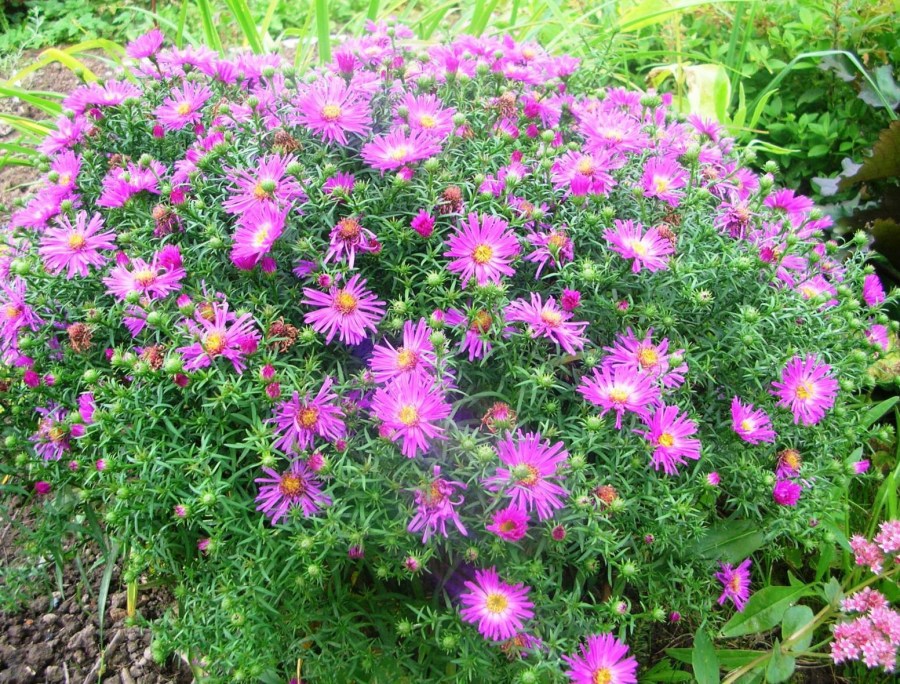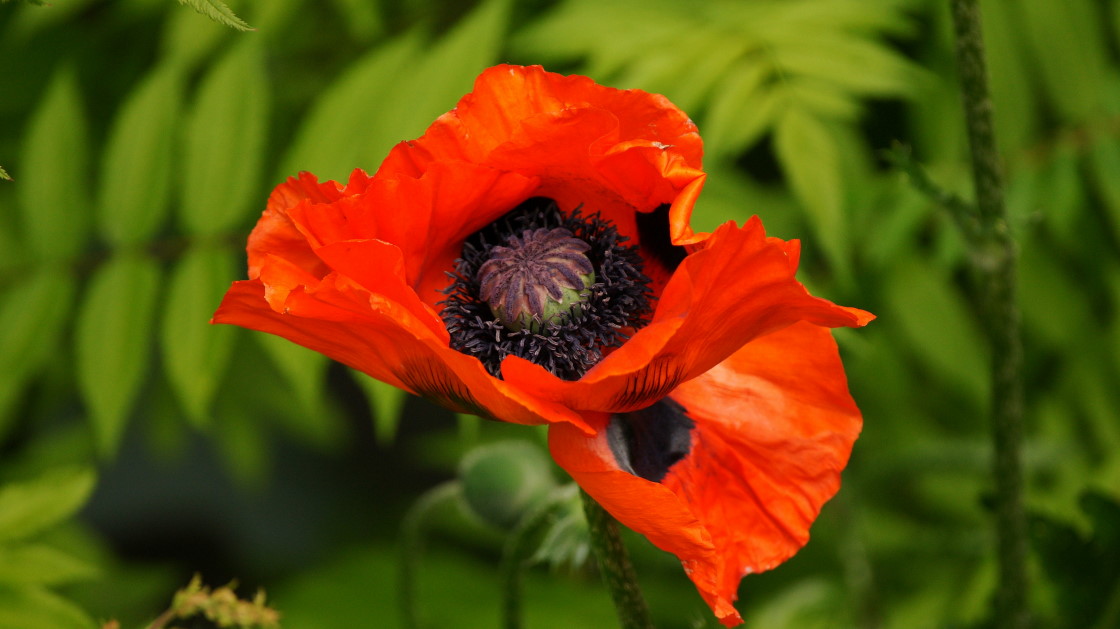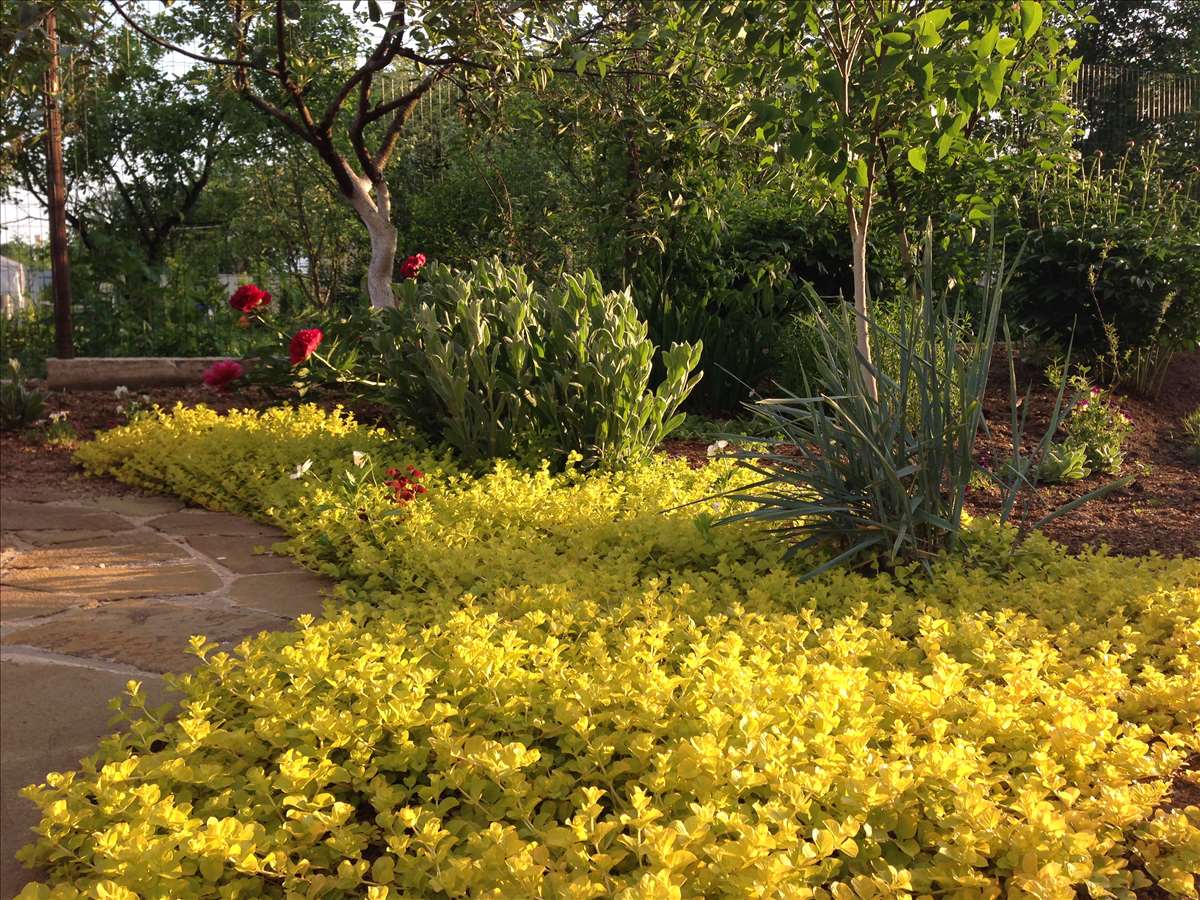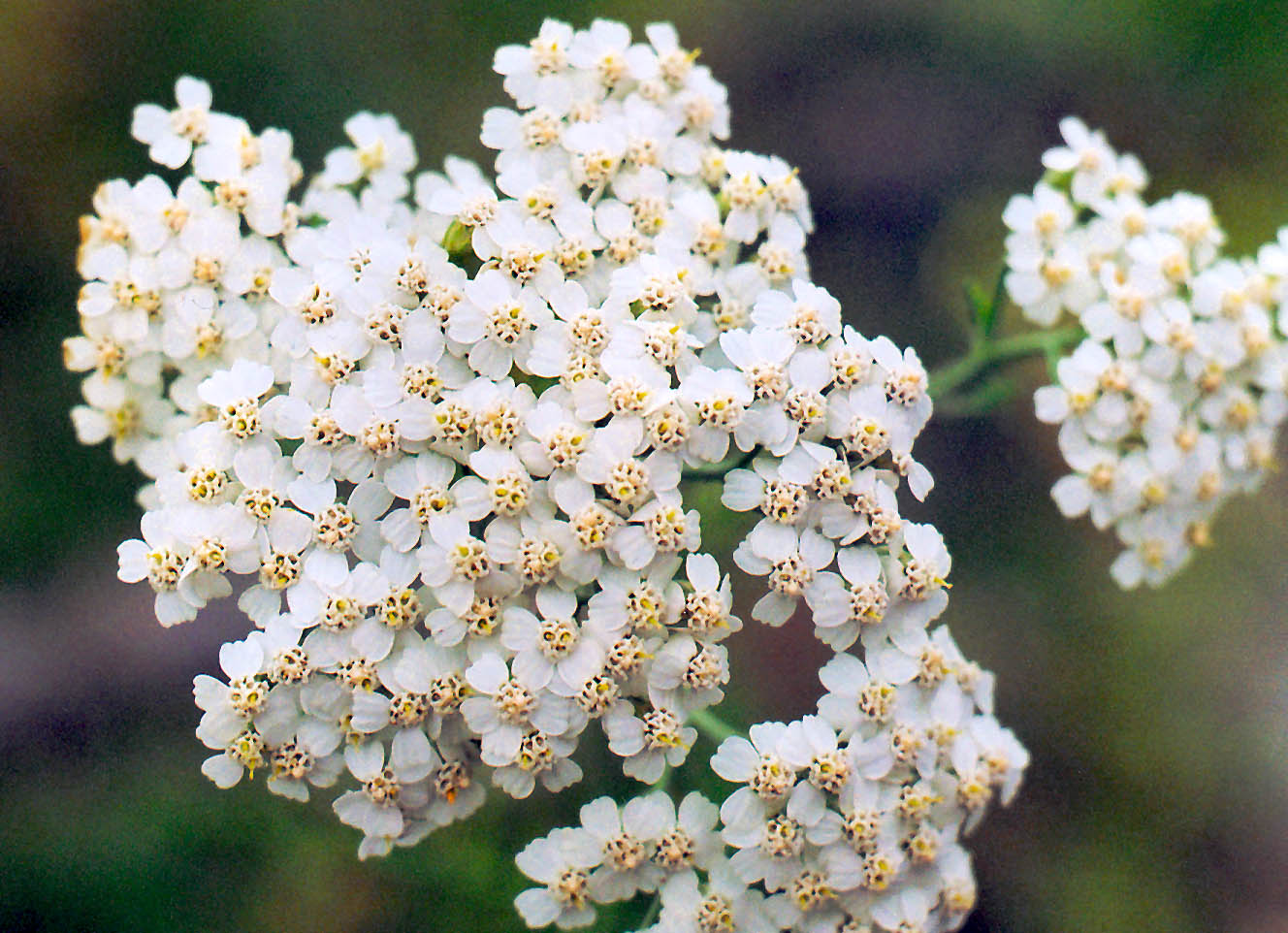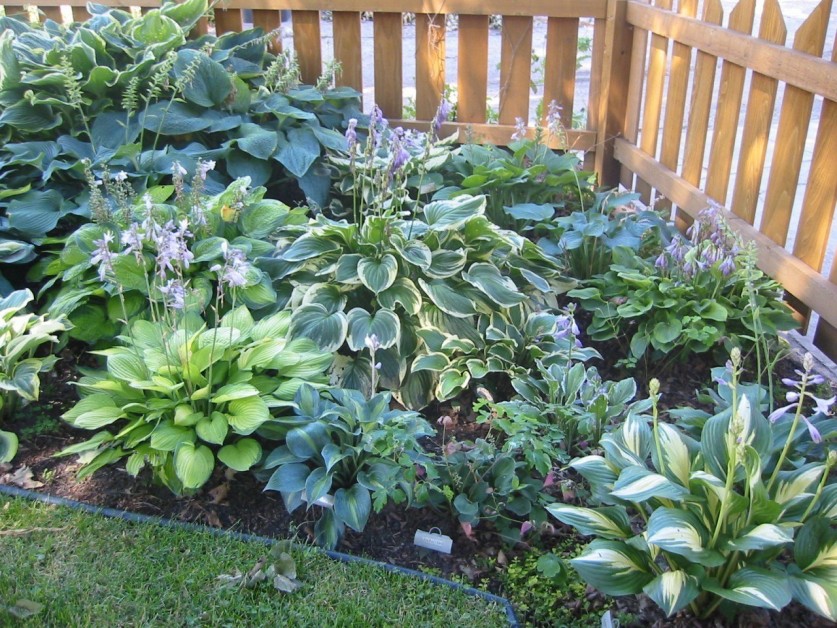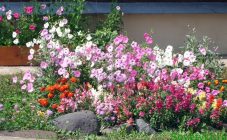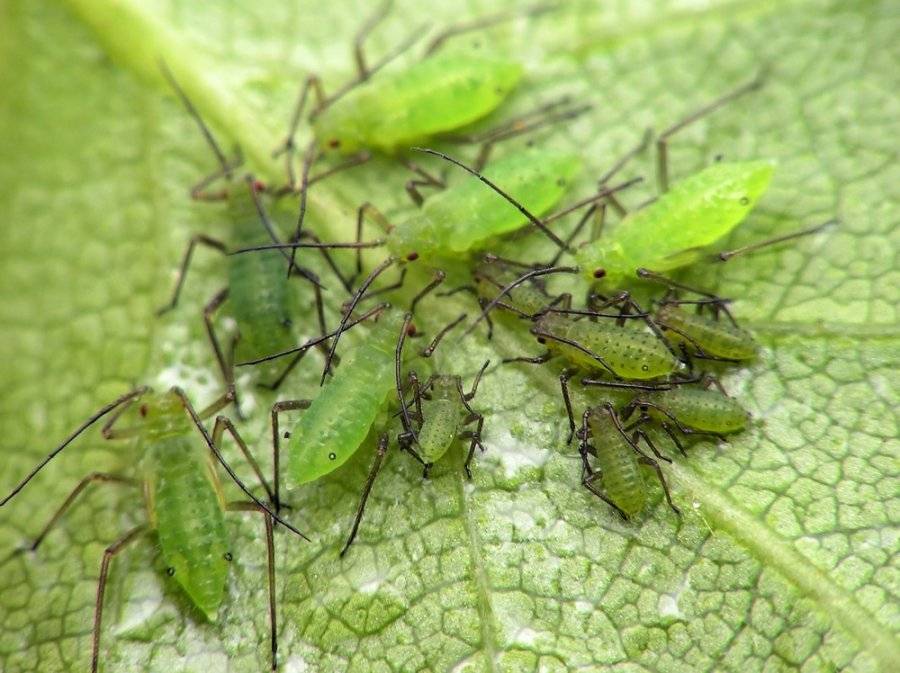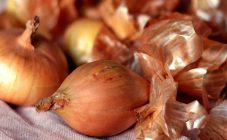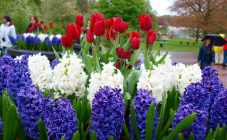Content:
Sun-loving perennials for the garden are responsible for the positive attitude of the owners of the dacha, they delight neighbors and passers-by with flowering. When creating sunny flower beds, it is required that the inhabitants of the flower bed do not lose a portion of sunlight. The correct combination of crops, selection of growth are appreciated. So tall individuals will provide a good background for low specimens. Creating a flower garden in the sun, what to plant from perennials is not an idle question for gardeners.
Distinctive features of perennial crops include:
- decorativeness;
- the duration of the growth period;
- there is no need for sowing and replanting for several years.
Scope of perennial flowers:
- hanging pots;
- voluminous garden figures;
- flower sculptures for site decoration;
- multi-storey landscape objects.
Choosing in favor of perennials
Summer residents note the advantages of growing perennials:
- Preservation of the beauty of the flower bed for a long time.
- The variety of a flower bed affects the time frame of its existence. In addition, you do not need to transplant and sow rockery or mixborder.
- The winter hardiness of perennials guarantees the wintering of plants in the garden without much protection. In addition, cultures flourish much earlier due to the development and strength of the roots.
- Minimum spending on annual flower beds.
Flowers for a sunny garden
Summer residents are interested in what flowers are better to plant in autumn on sunny flower beds. Perennials grow perfectly when sown before winter:
- Viola. Almost every grower is familiar with a different plant name - pansies. Low-growing crops are characterized by a rich color range: blue and white, yellow and black, mottled red. The culture loves fertile soil - loams, without stagnant moisture, and is responsive to frequent fertilizing with saltpeter and superphosphate. Fresh manure is prohibited. To prolong flowering, get rid of the seed pods.
- Astilba. Herbaceous perennial from the Kamnelovkov family, varies in size: from dwarf to tall. The culture is crowned with paniculate inflorescences of different colors. The plant likes cultivation on humus-rich soil, regular watering, elimination of peduncles at the end of flowering. To protect against frost, bare roots are covered with spruce branches or agrofibre.
- Hyacinths. When caring for flowers, it is important to timely apply fertilizing, especially dry ones, immediately when the first shoots are formed. At the same time, loosening the soil is carried out. At the stage of budding hyacinths, a second root feed is carried out with liquid fertilizer. If the plants have faded, it's time to make a third feed. You will need to moisten the ground while the bulbs take root. In drought, shoots are watered abundantly.
- Delphinium. Seeds are planted in autumn or spring.Practice seeding density for a luxurious flower garden. The bed is sprinkled with a 4 mm layer of soil. Delphinium species: holosteel and Persian, hybrid and large-flowered. The culture needs systematic watering, which is combined with gentle loosening of the soil.
- Nivyanik. White chamomile, popovnik, roman-grass, white flowers are called differently. White chamomile will decorate the site outside the city. Unpretentious culture is frost-resistant. Popovnik grows in one place for up to 7 years, if you properly care for the plant.
- Pion. Light-loving culture likes loose soil. The plant can grow in the garden for over 25 years. When planting, take into account that the peony does not tolerate drafts and grows strongly. A close distance from the wall of the house is not the best place for planting: excessive rainfall will provoke rotting of the root system.
- Rudbeckia. Sounds like a chamomile. The petals have different colors: yellow and lemon, orange and brownish. The culture is not demanding on the soil. Rudbeckia feels well on moist, well-groomed land. It responds to feeding with nitrophos and potassium sulfate.
- Chrysanthemum. Plant growth varies from 35 cm to 1.5 m. The bushes have a variety of colors and shades.
- Knifofia. The African guest has successfully taken root in Russian summer cottages. The height of the exotic is 120 cm. The spike-shaped inflorescence of the plant looks like a huge bicolor cone. The flower is friends with stonecrop, echinacea, yarrow. Perfectly sets off low sun-lovers.
- Turkish poppy. The culture grows without replanting for several years on any type of soil. Poppy petals are painted in scarlet and pink tones. There are also varieties with orange and snow-white shades. Poppy bloom occurs in the last ten days of May and early June.
Drought-resistant and heat-resistant perennials
Drought-resistant flowers for flower beds in a sunny area will solve the problem. There are many drought-resistant plants for the garden, perennials are distinguished. These are drought-resistant plants, shrubs and trees that grow in the sun with insufficient watering.
Ground covers are drought-resistant perennial flowers that bloom all summer and adorn sunny beds.
Among the heat-resistant flowers for flower beds, there are:
- Sedum. Includes representatives of succulent perennials, which are attractive in appearance and require almost no watering. Succulents are stored with water from the air and accumulate it in the thickness of the foliage. Plants grow rapidly, problem areas disappear quickly.
Popular varieties of ground cover plants include:
- false and caustic;
- white and folded back;
- Kamchatka and Lydian sedum.
- Irish moss. A dwarf perennial that ideally fills the gaps between tiles or stones, paths in a sunny area. You will need to water the plantings immediately after planting. Tolerates any meteorological conditions: heat and frost, light and showers. The peak of decorativeness of bryozoa falls in July, when the culture blooms with miniature delicate flowers. The plant is resistant to trampling.
- Woolly chisel. The people call the culture rabbit or sheep ears. The drought-resistant perennial has oblong leaves, as if covered with silver-gray fur. When blooming, the chisel will have blue, pinkish or lilac flowers that gather in an inflorescence in the form of an ear.
- Phlox subulate. Creates a huge pillow of small, like needles, leaves. The perennial, not susceptible to heat, blooms at the end of spring. Numerous small flowers of various shades cover the bush. Landings are made on sunny rockeries or slides, which are bordered with low borders.
- Loose loaf The culture likes to be watered, however it does well without watering. When there is no periodic watering, in a loosestrife with a yellowish color of leaves in the sun, the shade acquires saturation. Perennial looks great on slopes, hills, and also as a grassy lawn.
- Gypsophila. Perennial flowers among drought-resistant plants will allow you to keep a good mood for a long time. Tumbleweed, as it is called in the common people, belongs to the Carnation family. The growth of the branched stem is 20-50 cm. The period of flowering of gypsophila falls at the beginning of June and lasts until a cold snap. Snow-white-pink flowers that gather in paniculate inflorescences resemble an air cloud. The culture is propagated by seed, right on the open bed.
- Daylilies. They are distinguished by unpretentiousness and drought resistance. Foliage pleases with decorativeness after flowering. The varietal variety of daylilies is striking in size and color. Today, Russian breeders are working on breeding remontant (blooming again) varieties.
- Yarrow. Nowadays it is easy to buy highly decorative plant varieties with different colors. The culture is unassuming to care for. Reproduction of yarrow by self-seeding leads to clogging of the garden area and is a problem for summer residents. Prefers the sunny side of the flower garden.
- Spurge. Perennial is able to endure drought for a long time. Milkweed decorate a slide or rockery. A plant that fits the curbs, high varieties serve as a focal crop for a sun bed.
The following varieties of milkweed are popular among gardeners:
- multi-flowered and bordered;
- almond-shaped and capitate;
- cypress.
- Gatsania. A distinctive feature of a flower that pleases in summer is an extensive color palette. Therefore, many designers call the plant a chamomile from South Africa.
Due to the ease of maintenance, the culture is cultivated:
- in pots;
- in rock gardens;
- in a container on a loggia;
- as a border.
Making a flower bed in the sun
To be distinguished by the unity of the style of the flower bed in the sun, they choose what to plant. In addition, the flower garden must comply with the rules:
- Minimalism. Plant a maximum of 3 plant varieties per m2 of area.
- Long-lived cultures are preferable.
- The central place is occupied by the soloist and dominates the flowerbed.
- Color palette. The tones define the style, theme idea and wishes. The softness of the colors emphasizes the beauty of individual cultures. The combination of blue and white shades - the effect of a glow from the inside, the violet-blue color gives off coldness and nobility, the pink tone - romanticism, the red-yellow color - is responsible for the audacity and brightness of the images.
- Foliage is valued no less than flowers. Most of the crops are decorative, retaining attractiveness with the arrival of the autumn season.
- Maintaining optical balance, softening contrasts.
- Spontaneous decisions are welcome.
- Prevents perennial crops from running wild and rejuvenates old bushes.
- The vitality of perennials in a flower garden. Partners should not suppress each other.
- Candidates for a flower bed are selected according to growing conditions.
- Follow the landing requirements for a single individual.
- They plan in advance the design of the edge of the flower garden.Low-growing varieties are suitable that will cover the glades. Geraniums, dwarf spireas, lungwort, geychera will help out.
Simple flower garden schemes are:
- Permanent compositions with clearly defined geometric patterns, where crops bloom at the same time and are separated from each other;
- Fickle compositions in which crops are grouped and the flowerbed is incorporated into garden decor. The sequence of flowering perennials will increase the decorative period of the flower bed.
Flower bed for lazy people
Requires a minimum of maintenance. An example is an oval-shaped flower garden. Peonies are planted in the middle, astilba is in the foreground. Stonecrop is planted on the right along the edge, geranium is planted on the left. For the border, a badan or a host will do. For the brightness of the color, planting phlox or aster is appropriate.
Caring for a flower bed on the sunny side
To ensure the care of a flowerbed of perennials in a sunny place, you will need:
- water the plants periodically and in a timely manner;
- loosen the soil and remove weeds;
- cut off faded crops and wilted flowers;
- make top dressing.
Creative imagination and desire will turn an ordinary flower garden into a masterpiece. To create an extraordinary flower arrangement, 1 m2 of space is enough. Sun-loving crops are settled on the land plot, which cope with the prolonged heat and make the garden attractive.
